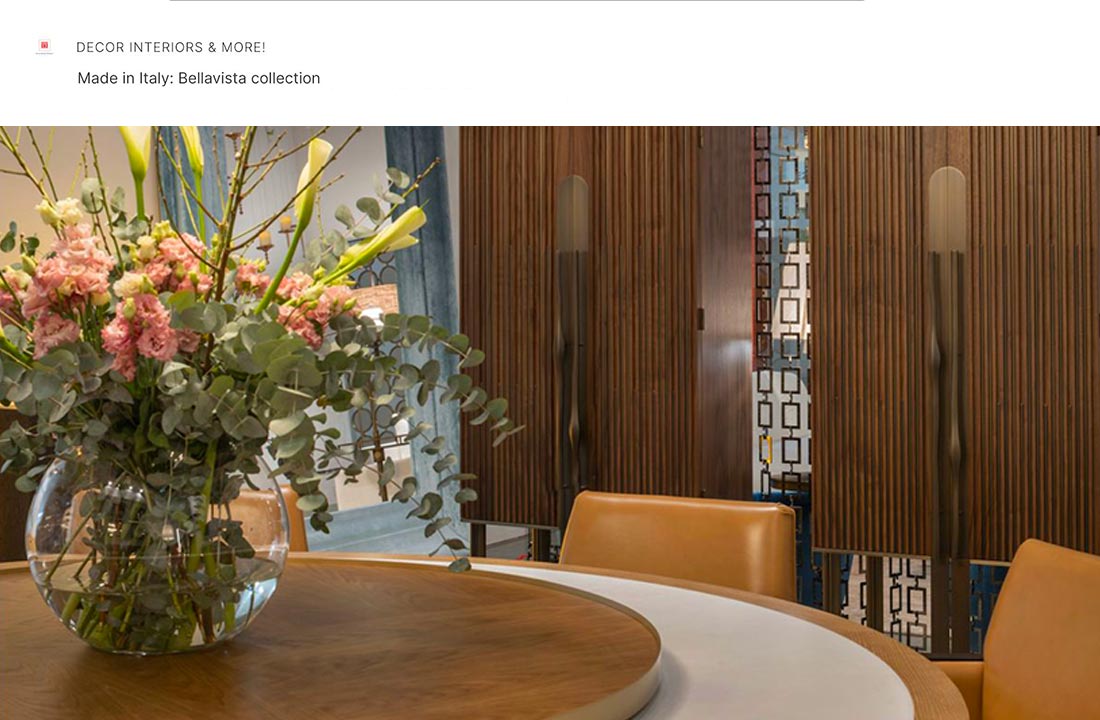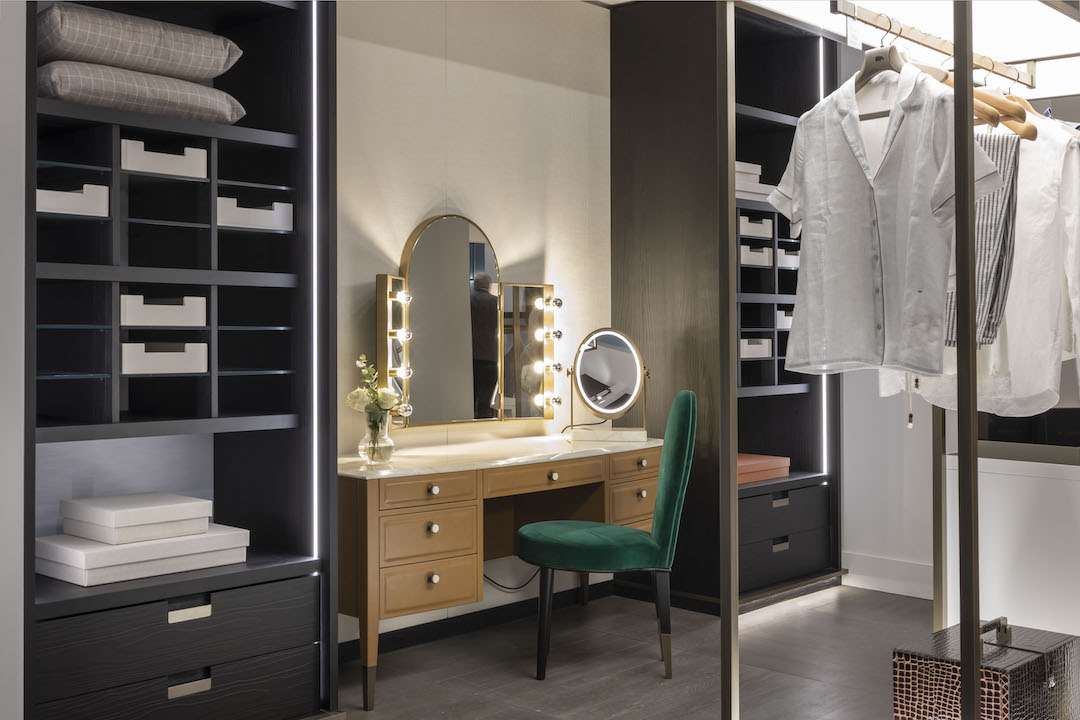Italian Luxury Furniture: Melding Centuries-old Craftsmen’s Traditions and Innovative Technologies
For centuries furniture and furnishings have been not only utilitarian items intended to make human life more convenient. A perfectly furnished home has long ago become a means of self-expression – at least for people who could afford it. Chic furniture – writing-desks, buffets, chests, cabinets, chairs and tables, made by talented Italian artisans, turned houses into comfortable homes and enabled their owners to demonstrate their artistic taste and social status.
Italian Custom-made furniture: Luxury through Ages
Not without reason Italians are said to be beauty-conscious: the fact that Italy gave the world dozens of world-famous brilliant artists proves it. Artisans and craftsmen are also artists in their own way. For centuries Italian cabinet-makers have been turning each piece of furniture they produce into a real piece of art.
So, no wonder that as long ago as in 17th and 18th centuries Italian luxury furniture was already popular all over the Europe with people who had an eye for chic cabinetry. Titled persons and rich merchants equally appreciated glamorous look and impeccable quality of luxury furniture from Italy. Prospective buyers or their agents even covered hundreds of miles to get to Italy and buy furniture directly from the masters! Such a journey was far from easy at those times: travelling so far took plenty of time and was pretty risky.
At that time artisans kept lots of their know-how and tricks of the trade in secret; all skills and knowledge were passed from a craftsman to apprentice.That’s why in many cases experts can easily tell who exactly made a particular piece of antique Italian furniture.
One more technique popular at that time was inlay, in other words – trimming wooden furniture with other materials inlayed in wood. The most commonly used materials were mother of pearl, Ivory, tortoise shell, bone, and brass. Gilding, or applying a golden leaf on wood, was also well-liked, especially in France. Actually, cabinet-makers used dozens of different techniques, and with any of them, skilled Italian craftsmen managed to create a genuine tour de force.

Long-standing traditions plus modern equipment and innovative technologies
Contemporary Italian luxury furniture makers are worthy successors to the prominent old masters. Times change, and so do styles that are in fashion, but demand for high-quality custom-made furniture remains the same. Nowadays, chastity of style is often preferred to eye-catching splendor, but high-end furniture is still made with equal meticulousness. Strict elegance of contemporary furniture matches our lifestyle better than, say, baroque. But if we look closer at items from some high-end furniture producer, for example, Bellavista Collection, we will see that simplicity doesn’t mean crudeness. Just the opposite is true, in fact.
This strictness of lines results from artistic inspiration and hard work of talented designers. They make the furniture blend seamlessly into a contemporary home, creating a pleasant and cozy place to live in.
Almost every piece of modern furniture is a complex structure, which consists of several materials, like different species of wood, various metals, glass, ceramic, leather, ivory, tortoiseshell, textiles, paint and varnishes, et cetera. Each of these materials is carefully selected to match other ones perfectly. In fact, the variety of materials currently available to furniture makers is way bigger than just a century ago. Contemporary furniture makers use lots of materials unknown to their predecessors, such as aluminum and plexiglas. Combining new materials with well-known ones, today’s cabinet-makers get an opportunity to create exclusive items indeed.
As a matter of fact, period furniture is also much sought-after, and furniture makers gladly meet the demand. People like to have at home something that reminds of olden times, be it an exact replica of some famous piece of furniture or simply an antique-looking chair or set of drawers. Have you ever wanted something like this? Good news is that such an item, produced at a modern factory, is likely to look exactly the same as the one that your great-great-great-grandma might have owned. If you wish, you can order any piece of furniture in any style. Do you want to sit on a chair, which looks exactly like the one that used to belong to Lois XVIII? Or do you enjoy 1920s with elegant Art Deco style? Italian cabinet-makers will surely make it, combining technologies from the third millennium with the tricks of the trade inherited from predecessors.
XXI century brought plenty of opportunities to all people, no matter what sphere they work in, and craftsmen were no exception. Advancement of technology provided modern furniture-makers with a great variety of powerful woodworking machines. Panel saws, milling machines, lathes, wood-planing and polishing machines, and edgebanders freed people from grunt work, leaving time for creativity and making one-of-a-kind handmade parts. That’s why many makers of Italian luxury furniture combine use of cutting-edge machines with handicraft. They successfully strike the right balance between advantages of industrial production and creating exceptional items by hand. Melding tradition and technology, mass production and old-style craftsmanship has proven to be successful even now, in XXI century. The furniture, created thanks to this approach, is both well set and unique-looking. Produced using machines of latest generation but carefully hand-carved by skilled Italian craftsmen, such pieces of furniture are – and will always remain – in great demand.




